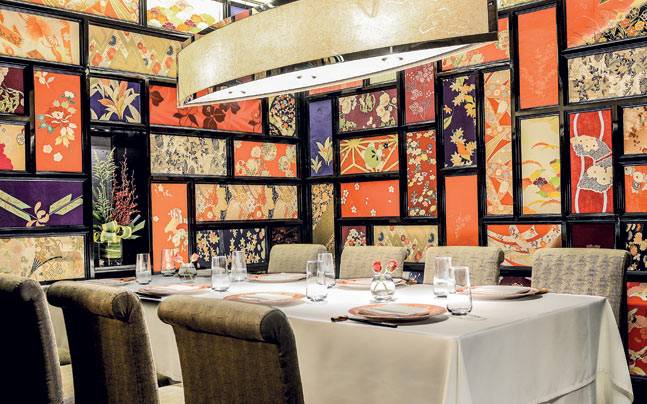The colourful culture of India is just one of the elements that make this exotic country such a place of fascination for people the world over. And when it comes to Indian culture, food and the trappings that come hand-in-hand with this delectable world cuisine, play a central role.
There are some items that grace the Indian table that we might be aware of if we frequent Indian eateries here in the UK. One classic example is the trusty tiffin, a handy portable device wherein several dishes, swimming with sauce, can be carried with ease, the containers locked together by the handle.
However, there is much more to laying a traditional Indian table than initially meets the eye. Historically, utensils made from copper, bronze or brass would be used to prepare the food whilst tin was commonly made into plates. Of course, the richer classes might have enjoyed dishes made from superior metals such as silver with golden designs; but these days, the Western practice of using practical stainless steel for cutlery seems to have taken over.
That’s not to say India’s rich heritage ought to be forgotten! Let’s take a step back in time to explore some of the traditional items of the Indian table…
Chai dani – If there’s one thing India enjoys as much as Britain, it’s a nice cup of tea. Unsurprising then that the chai dana, a copper teapot, would have been one of the tabletop essentials back in the days of the British Raj.
Fine china – A teapot needs a tea-set and a trend for fine, bone china was started by Bengal Potteries when the company set up in the 50s. The old kulbar, a terracotta tumbler, was cast aside in favour of this fancy new tableware and no self-respecting member of Indian high society could go without.
Thali – The thali is a stalwart fixture of many an Indian restaurant here in the UK, serving up a myriad of tasty morsels to hungry diners. This large tray holds a variety of smaller bowls, known as katori, which could be filled with curries, vegetable preparations, rice and chutneys.
Surahi – You’ll need a little water to wash down your meal, and this is where the surahi comes in. A tall pitcher made from red or black clay, this earthenware vessel is excellent at keeping water cool and is often decorated with intricate carvings and marks.
Chamchi – The chamchi was a little spoon made out of copper, silver or brass that was used to serve food at the table. It’s older sibling, the chamcha, would have been larger and was often reserved for dishing up delicacies on special occasions such as festivals.
Experience the authentic atmosphere of the east with a visit to Veeraswamy, one of London’s best Indian fine dining restaurants. Here you can sink into a luxurious world inspired by the elegant palaces of the Maharajas whilst indulging in a decadent menu of fine Indian cuisine. One of London’s very first Indian restaurants, the reputation of Veeraswamy is second-to-none – come experience a taste of history at this memorable and stylish restaurant.
